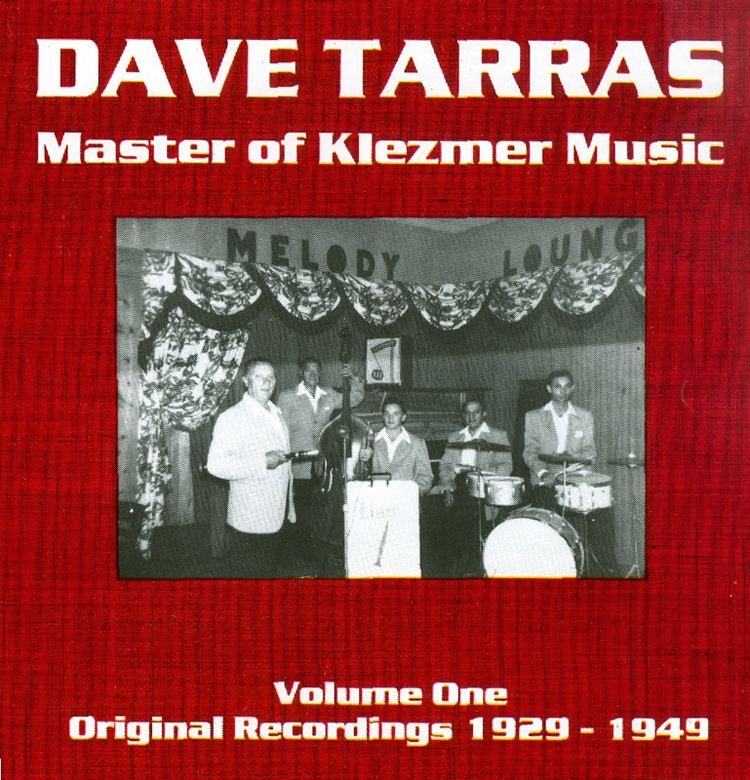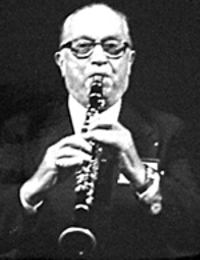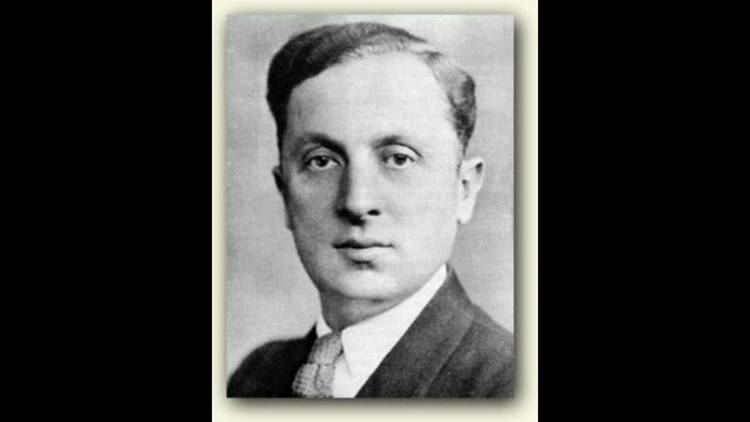Name Dave Tarras | Role Musician | |
 | ||
Albums Klezmer Music: Early Yiddish Instrumental Music: 1908-1927 People also search for Abe Schwartz, Sam Musiker, Seymour Rexite, Moe Drutin, Beresh Katz, Jack Levitt | ||
Treasures of the ctmd archive dave tarras
Dave Tarras (1895 – February 13, 1989) was possibly the most famous 20th century klezmer musician. He is known for his long career and his very skilled clarinet playing.
Contents

Dave tarras chusen kala mazel tov
Biography

Tarras, born Dovid Tarraschuk in Ternivka, (a village in Teplytskyi Raion, Vinnytsia Oblast, Ukraine), was the son of a klezmer trombonist and Badkhn. He grew up playing a variety of instruments and surrounded by the music. He was conscripted into the tsar's army in 1915, but his talents as a musician kept him out of the trenches. In 1921 he emigrated to New York City, where worked in a garment factory for a time.

Eventually he found he could make money as a musician, and worked as a clarinetist in many of New York's klezmer ensembles. In addition to Jewish music, he also recorded Greek, Polish and Russian tunes. His ability to play different styles was further masked by the use of pseudonyms on his recordings for Columbia Records. It is conservatively estimated that he participated in 500 recordings during his career.

His skill and reliability enabled him to play for many years longer than the other klezmer pioneers of his day (Naftule Brandwein, for example) had retired or left the business. Tarras' experience playing in the czarist military band, his ability to read music, and his excellent command of the Yiddish style made him a favorite among bandleaders. After klezmer music fell out of fashion following World War II, Tarras remained one of the few musicians to still record and play actively. His style has been characterized as smooth and dignified, with deliberate and rhythmical phrasing. His personal repertoire came from his Bessarabian roots and the influences of Jewish and Gypsy (Roma) music. Zev Feldman has credited Tarras with not only "Bessarabianizing" Jewish dance music, but also with replacing what had been the dominant tune style of the freylekh with the Bulgar.
Tarras' most enduring recording, Tanz! (1956) was the brainchild of his son-in-law, clarinetist and saxophonist Sam Musiker. The album, which successfully combines jazz and klezmer idioms, was not well received in its day, but remains central to the canon of present-day revivalists.
At the beginning of the klezmer revival in the 1970s and 80s, Tarras mentored many young musicians who went on to become famous, including mandolinist Andy Statman.
Tarras died in 1989 in Oceanside, Nassau County, New York. He left a daughter, Broune, a son, Seymour, and seven grandchildren.
He is the subject of a recent biography by Yale Strom, Dave Tarras - The King of Klezmer.
